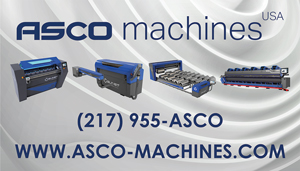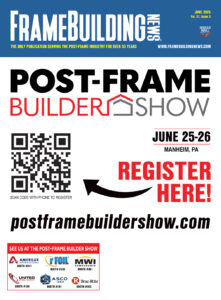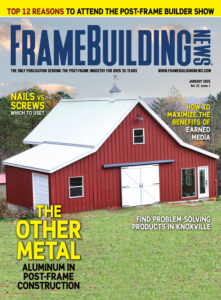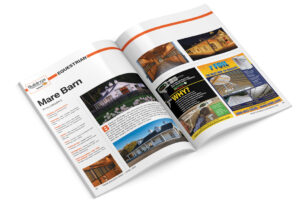Financing any custom home is typically a two step process. There is a construction loan. This is a short term loan, typically at a higher rate that allows financing for materials, subcontractors and other aspects necessary to build the home. This will cover land, permits, labor and material and everything required to arrive at a closing. Upon completion, the new post frame home will be inspected and appraised. Then the loan will be converted to a mortgage. Often both can occur through the same bank. Sometimes the builder will have existing relationships for the construction loan and the owner will select the mortgage lender.
Post-Frame Homes, Shomes or Barndominiums
By any name, these buildings are custom homes and non-typical. Part of buying homes for most people is financing. Banks are highly regulated and are required to follow procedures by law and by their underwriters. It pays to have an ongoing relationship with the bank and a banker. While there is no gray area in the rules, the owner having someone on their side and willing to work for them and lobby on their behalf is a huge benefit.
Challenges in Mortgaging
Banks and mortgage companies like simple loans, with a “normal” home. Sometimes a post-frame home represents a challenge because it is different. Banks are required to find comparable recent appraisals within a specified distance. When the building is not exactly like the others in the area, finding comparable appraisals may be a challenge.
Some of the issue with “comparable” stems from outdated views of post frame. Many banks view post frame as agricultural or temporary buildings. While this may have been true with the old style pole barn that had wood in dirt, several post-frame products now offer a permanent foundation. This renders the temporary building view obsolete.
Post-Frame Banking Solutions
Resolution may simply involve educating the banker regarding post frame. This may take time so it is advisable to start this process as early possible.
The book Pro Tips On: Your Post-Frame Home can be a great resource for educating bankers. The gallery of completed homes and detail surrounding specific aspect of post-frame construction demonstrate this is much more than a pole barn.
Starting a relationship with the banker early has the added benefit of getting a preapproval from the bank. This gives the owner can speed the design build process.
As a builder, you may have existing relationships with banks or financing institutions. This is information your clients don’t have; if you can make recommendations, you can use it to your advantage … helping them get financing is one step closer to landing the contract.
A contractor-offered solution is a simple answer but it may impact the bidding process. One of the potential conflict points in the sales process is both the buyer and the seller gain advantages by controlling the process. The party with the banking relationship retains more control.
The other alternative is banks that specialize in post-frame construction. New Century Bank has worked hard in this space and supports post-frame trade associations and attends contractor shows such as Frame Building Expo.
Using a bank familiar with post frame will ease many of the challenges with appraisals, but not having a preexisting relationship may limit other options. FBN
For information about Pro Tips On: Your Post Frame Home books, contact Gary Reichert at [email protected]m.























